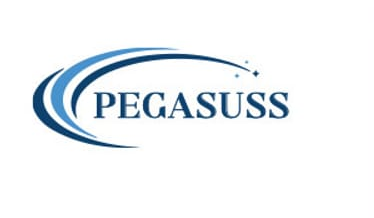As technology advances, businesses are constantly on the lookout for ways to enhance performance and improve storage efficiency. One solution that has gained significant attention is Disk on Module (DOM). In this article, we will explore the power of DOM and how it can revolutionize your storage infrastructure.
Advantages of using Disk on Module
Key features of Disk on Module
Disk on Module vs. traditional storage solutions
Enhancing performance with Disk on Module
Improving storage efficiency with Disk on Module
Applications and use cases for Disk on Module
Choosing the right Disk on Module for your needs
Installation and setup of Disk on Module
Conclusion: Harnessing the power of Disk on Module for enhanced performance and storage efficiency

